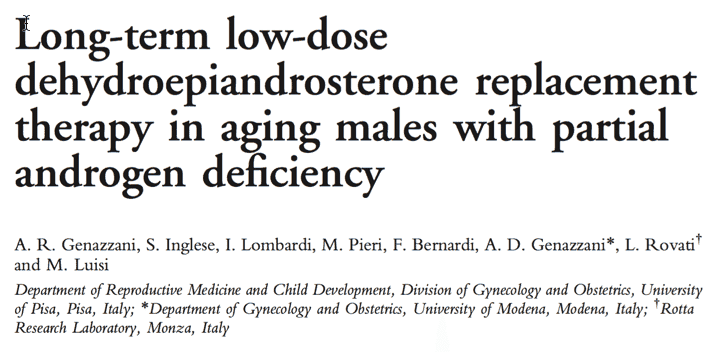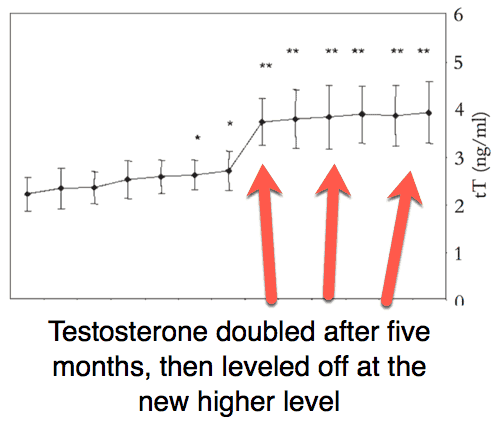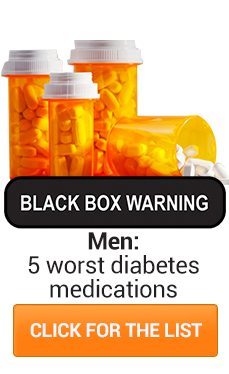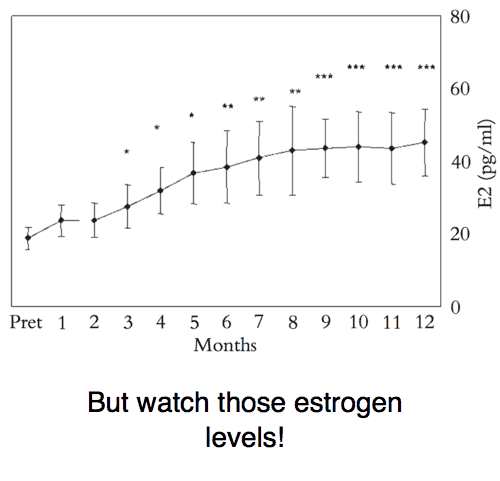
DHEA is a steroid hormone produced by the adrenal glands and the brain.
DHEA is responsible for helping the body produce the sex hormones.

So it’s a great way to increase testosterone and maintain it.
A lot of men cope with the effects of low T, and would benefit from a natural way to boost testosterone.
DHEA levels peak by the time a man is around 30.
At that point, DHEA levels decline and decline, until, as the study says,
At the age of 80 years, DHEA(S) levels are equal to 10–20% of the concentrations present in young adults.
In this study, researchers looked at men in their 50s and 60s, who had low testosterone.
They gave these men DHEA for one year.
DHEA has many positive effects.
It actually affects tissue on its own.
And DHEA is turned into testosterone as the body needs it.
This can boost testosterone without the need for medications that have side effects.
Many men try testosterone replacement therapy, which the drug companies are pushing big time.
However, testosterone is converted efficiently in the body into estrogen.
And that is why testosterone placement therapy often fails.
But the body is able to replace testosterone on its own if given the right tools.
The body creates testosterone from DHEA, as it needs it.
[cmamad id=”3506″ align=”center” tabid=”display-desktop” mobid=”display-desktop” stg=””]
So perhaps supplementing with DHEA is safer and more effective than supplementing with testosterone.
What makes this study unique is that most studies have given men far too much DHEA.
The amounts exceed what we would call normal physiological quantities found in the body.
In my opinion, this study used a dosage that is still too high.
They used 25 mg per day.
And while it’s still high, it’s much more aligned with the normal physiological quantities of DHEA.
 In the study, the researchers tracked these men over one year.
In the study, the researchers tracked these men over one year.
They found that testosterone rates went up 50%.
 The effect was more pronounced through the first five months and then leveled off.
The effect was more pronounced through the first five months and then leveled off.
So if you are going to try low-dose DHEA therapy, you may want to start out with only 10 mg.

But don’t try it until after speaking with your doctor of course.
It is a great way how to increase testosterone.
You want to keep taking it for a number of months.
You’ll notice that the testosterone-raising effects gradually increase until they reach a high at about five months.
After that, DHEA levels off, and it doesn’t go up after that.
But as you can see…
 DHEA also increased estrogen levels.
DHEA also increased estrogen levels.
This increase in estrogen is not a great effect.
It’s another reason to take low dosages of DHEA if you’re going to try this.
I believe that doses of 5 mg to 10 mg per day are ideal.
This dose should increase testosterone, without raising estrogen much.
Unlike testosterone replacement therapy, using low doses of DHEA has little downside and a lot of upsides.
Again, never take anything without speaking your doctor first.

http://www.tandfonline.com/doi/abs/10.1080/13685530412331284669
